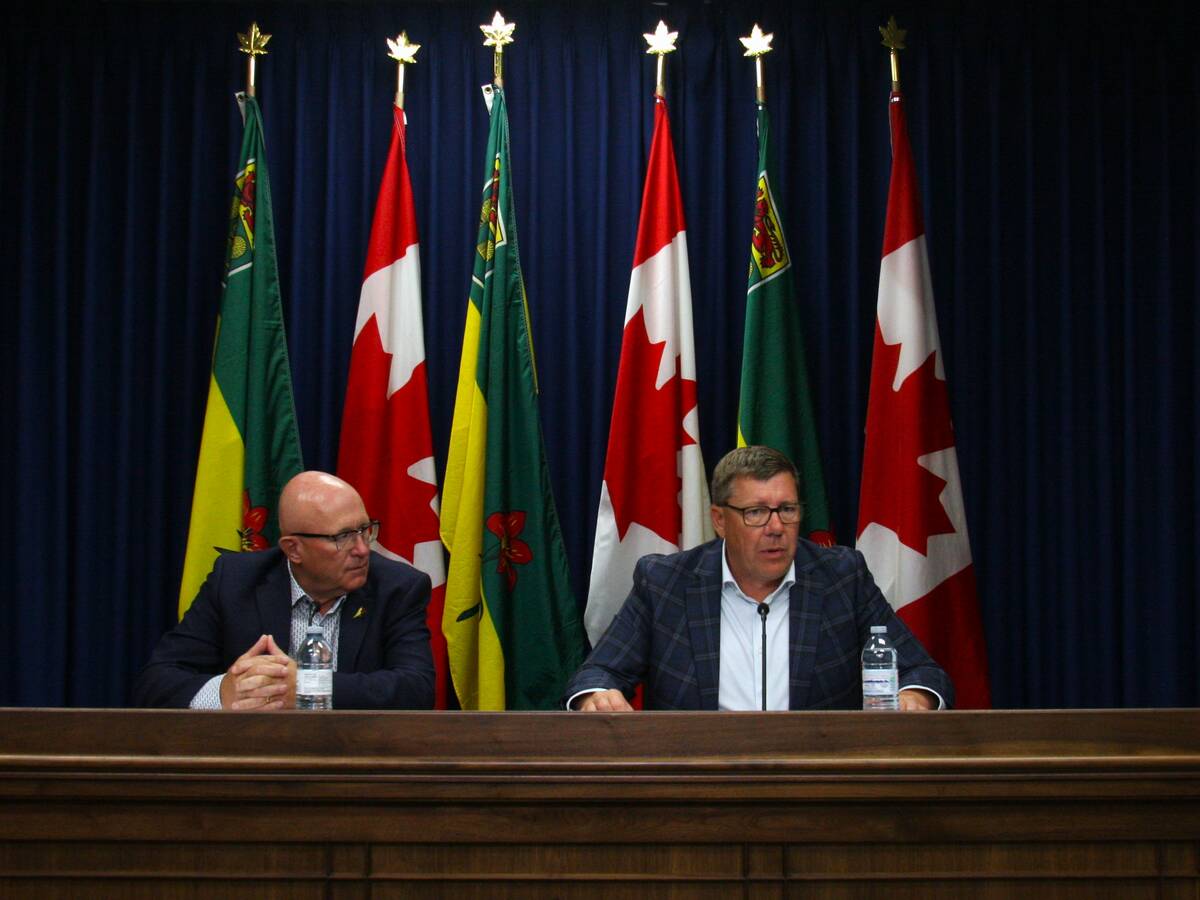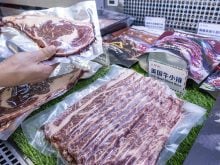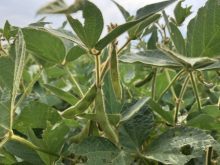The turmoil of Chinese canola tariffs, the United States turning trade upside down, and potential yellow-pea tariffs from India has Saskatchewan, and Canada’s, producers caught in the middle.
To advocate on behalf of Saskatchewan agriculture and other industries, as well as the Canadian canola, pork, pulse, and seafood industries, Saskatchewan Premier, Scott Moe, is travelling to China on a trade mission. He will be joined by Kody Blois, parliamentary secretary to the prime minister.
“Our mission in China will focus on both meetings with Chinese government officials as well as industry stakeholders who are directly impacted by the tariffs as they come into place,” the premier said during a press conference on Sept. 4.
Read Also

Soybean market still figuring out implications of China-U.S. pact
Soybean futures had a muted reaction to the U.S. trade deal with China as the market tries to figure out the nuances of the deal.
Moe said he is “very pleased” to have Blois joining him and thanked Prime Minister Mark Carney for prioritizing the mission. Having the federal government along opens doors to the broader opportunities China could provide.
Ahead of the trip, the Saskatchewan and Canadian government spoke with producers, businesses, and others involved with production and exports. This feedback was important to the determining of plans, mission goals, and what next steps will be.
Moe’s goal for the trip is secure market access, find broader trade opportunities, and help lay the ground work for the federal government as the Canadian canola industry is reliant on the Chinese market.
“The reason we sell the amount of canola, for example, oil, meal and seed into China is, one, it’s a growing market and two, its a premium market force,” said Moe. “And it has helped us diversify a significant amount of exports away from North American destinations. And has helped our ag industry diversify to a large degree.”
Alternative trade markets
There is no doubt that global trade relations are undergoing changes, but despite the turbulence in export markets there is opportunity.
“As global trade patterns are shifting, and we’re seeing that virtually on a daily basis, there are new opportunities for our products in Saskatchewan to gain market share in many markets around the world,” said Moe.
While in Asia, he will be making the case for Saskatchewan to become further integrated in product supply chains as the province remains stuck in the middle. Part of this comes from the U.S. “resetting trade relations,” creating direct and indirect consequences for Canada to deal with.
China is now turning to other trade partners, such as Australia, and there is continued uncertainty on the drivers of China’s tariff decisions and their continuation. Meanwhile, Canada is looking to other trade such as Japan, Mexico, and countries in the European Union.
Saskatchewan has noted continued diversification of international trade with products such as potash, pulse crops, and canola. While “magical new markets” will not become available, there is opportunity to expand in existing markets which is important for producers and market access.
“If we are able to have that access, there’s no need for the canola industry producers to be asking for or requesting supports from our federal government,” Moe said.
“That’s not our initial ask or our initial want or environment that I think the ag industry wants to operate in any way, shape, or form. So what we want is market access to those markets around the world. We’ll make our own link, and we’ll compete with the rest of the world in the production.”
Saskatchewan’s trade diversification mission
Since establishing international trade offices, Saskatchewan’s export market has grown.
“Before the trade offices were established for about a $20 billion export market, and now we’ve expanded to just under $50 billion fairly consistently,” said Warren Kaeding, the province’s trade and export development minister.
There is demand from regions that are growing in population and economic wealth that are looking for more inventory, improved products, and agri-food components like those that Saskatchewan produces. These countries are in South America, Eastern Europe, and Asia, such as Japan and South Korea, the two of which Kaeding will be visiting while Moe and Blois are in China.
His trade missions will follow the similar goals to the premier as Japan is an important market for Saskatchewan goods like canola, and South Korea offers more opportunity for market expansion in areas of agri-food, energy, and technology.
Kaeding will be engaging with a number of trade industry energy partners, round table discussions, discussions on carbon capture, utilization, and storage and nuclear power. He aims to further the current relationships with both nations he’s visiting.
“One thing to remember is that in a lot of these countries, you are there to build relationships,” he said. “And hopefully it’s a government to government relationship where they feel comfortable that they are dealing with reputable and responsible government on the other side.”
He will also be visiting a made in Canada conference in Japan, and connecting with a number of Japanese based businesses that want to do and increase their business in Sask.
There will be no one else, such as crop commissions or other producer groups, joining Moe and Kaeding on the trade missions.
The reason is in part due to how rapid the mission came together, and that the delegation is quite small because of the nature of a trade mission to “a country like China”. But there may be opportunity later in 2025 for a larger mission that would include producer groups for greater economic and industry engagement.
















